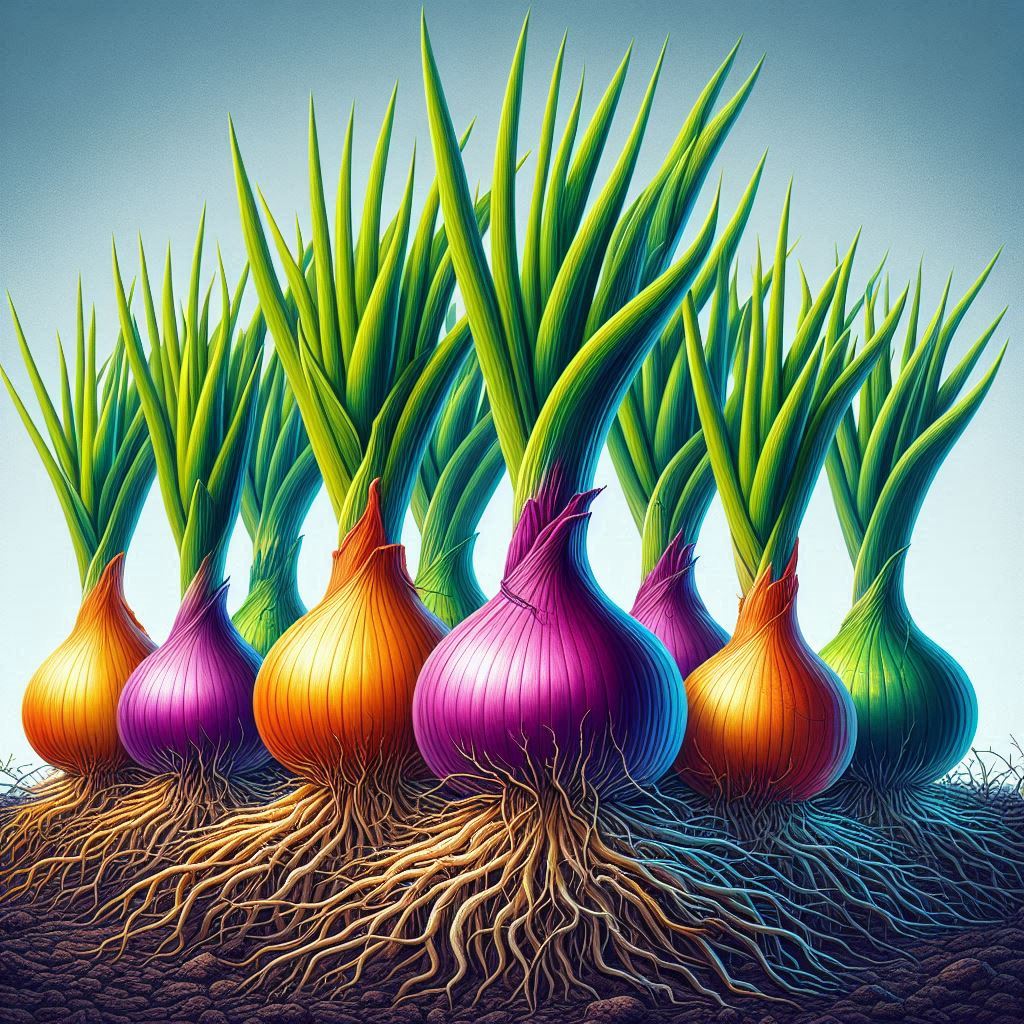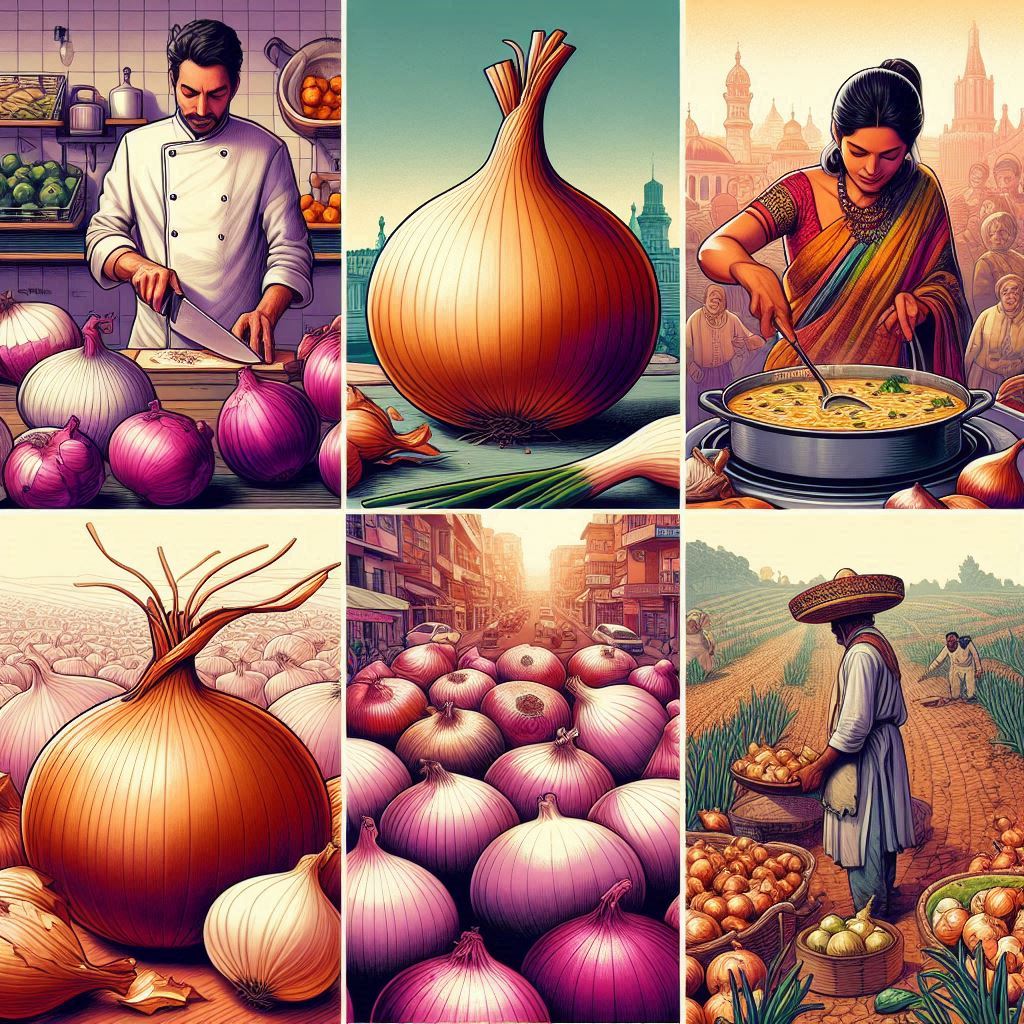Symbolism
What Does the Disco Ball Symbolize in Popular Culture?

[ad_1]
In this article, we will explore the symbolism of the disco ball in popular culture. From its origins in the disco era to its current usage in music, fashion, and art, the disco ball holds a significant meaning in modern society. We will delve into the history of the disco ball and its representation in various forms of media and entertainment.
What is the History of the Disco Ball?
The disco ball, also known as a mirror ball, first gained prominence in the 1970s during the height of the disco era. It became a staple in nightclubs and dance halls, serving as a focal point for dancers and partygoers. The reflective surface of the disco ball would catch and reflect light, creating a mesmerizing display of shimmering patterns across the dance floor.
Originally made from small pieces of mirrored glass, the disco ball was designed to enhance the atmosphere of discotheques and create a sense of glamour and excitement. Its popularity quickly spread, and the disco ball became synonymous with the vibrant and carefree spirit of the disco era.
What Does the Disco Ball Symbolize in Popular Culture?
The disco ball symbolizes joy, celebration, and liberation. Its ability to scatter light and create an aura of dazzle and delight represents the festive and euphoric nature of disco music and dance. The reflective surface of the disco ball also mirrors the energy and enthusiasm of the people dancing beneath it, creating a sense of unity and collective euphoria.
Furthermore, the disco ball has come to embody the concept of self-expression and individuality. In popular culture, it is often associated with inclusivity and acceptance, as it reflects and refracts light in myriad directions, symbolizing the diverse and multifaceted nature of humanity. This symbolism has extended beyond the disco era and has been embraced by modern artists, musicians, and designers as a symbol of diversity and unity.
How is the Disco Ball Used in Music and Fashion?
In music, the imagery of the disco ball has become a visual representation of the pulsating beats and infectious rhythms of disco, funk, and dance music. It is frequently featured on album covers, music videos, and stage sets, serving as an iconic symbol of the disco movement and its enduring influence on popular music.
In fashion, the disco ball has inspired designers to incorporate its sparkling aesthetic into clothing, accessories, and footwear. The reflective quality of the disco ball has been translated into sequined garments, metallic fabrics, and glittering embellishments, adding a touch of glamour and exuberance to fashion ensembles.
Why is the Disco Ball Still Relevant Today?
The disco ball remains relevant today as a symbol of joy, vitality, and diversity. Its association with the disco era has evolved to encompass a broader cultural significance, representing inclusivity and celebration. As society continues to embrace diversity and individuality, the disco ball serves as a timeless emblem of unity and collective spirit.
Furthermore, the disco ball’s visual allure and captivating shimmer continue to inspire contemporary artists, musicians, and performers. Its timeless appeal transcends generational boundaries, making it a cherished symbol in popular culture that resonates with people of all ages.
Conclusion
In conclusion, the disco ball holds a multifaceted significance in popular culture, symbolizing joy, celebration, and unity. Its shimmering allure and dynamic presence continue to captivate audiences across various artistic and creative disciplines, making it a timeless and iconic symbol that endures in the modern era.
FAQs
1. What materials are disco balls made from?
Disco balls are typically made from small mirrored glass pieces that are carefully arranged and affixed to a spherical core. The glass pieces are meticulously crafted to create a reflective surface that scatters light and creates dazzling patterns.
2. How has the symbolism of the disco ball evolved over time?
While the disco ball initially represented the exuberance and joy of the disco era, its symbolism has expanded to symbolize inclusivity, diversity, and celebration. It has become a powerful emblem of unity and collective spirit in modern popular culture.
3. Why do musicians and artists continue to incorporate disco ball imagery into their work?
The disco ball’s timeless appeal and associations with joy and vitality make it a compelling visual symbol for musicians and artists. Its shimmering aesthetic and dynamic presence evoke a sense of celebration and exuberance, making it a valuable icon in creative expression.
4. How does the disco ball resonate with contemporary audiences?
The disco ball’s enduring symbolism of unity and diversity resonates with modern audiences, as society continues to embrace inclusivity and individuality. Its ability to capture the spirit of joy and collective celebration makes it relevant and meaningful in today’s cultural landscape.
5. Can the disco ball be seen as a symbol of self-expression and empowerment?
Yes, the disco ball symbolizes self-expression and empowerment, as its reflective surface represents the diverse and multifaceted nature of humanity. Its ability to refract light in myriad directions serves as a powerful metaphor for individuality and personal freedom.
[ad_2]
Symbolism
What Does Ear Pain Symbolize Spiritually?

In this article, we will explore the spiritual significance of ear pain. We will discuss the possible spiritual meanings and symbolism associated with ear pain, as well as potential ways to address and understand it from a spiritual perspective. We will also delve into the potential connection between ear pain and spiritual awakening or growth.

What are the potential spiritual meanings of ear pain?
Ear pain can be a way for our bodies to communicate with us on a spiritual level. From a spiritual standpoint, ear pain can symbolize a need to listen more closely to our inner selves and the messages of the universe. It may be a sign that we are not paying enough attention to our intuition, or that we are ignoring important spiritual guidance.
Ear pain can also be a symbol of blocked communication, whether that be with our own spiritual guides or with the people around us. It may be an indication that we need to work on opening up our lines of communication, both spiritually and in our day-to-day lives.
How can we address ear pain spiritually?
One way to address ear pain from a spiritual perspective is to engage in practices that can help to open up our spiritual channels and promote better communication. This may include meditation, prayer, or energy work such as Reiki. These practices can help to clear any blockages that may be contributing to our ear pain and help us to better receive spiritual guidance.
It is also important to pay attention to any messages that may be coming through the ear pain itself. It may be a sign that there are spiritual lessons or insights that we need to be more attuned to. By remaining open and receptive to what our bodies and spirits are trying to tell us, we can gain a deeper understanding of the spiritual significance of our ear pain.
Is there a connection between ear pain and spiritual awakening or growth?
Ear pain can indeed be connected to spiritual awakening or growth. As we progress on our spiritual journey, our senses and awareness may become heightened, which can manifest physically as sensitivity or discomfort in our ears. This can be a sign that we are becoming more attuned to spiritual energies and messages.

Additionally, ear pain can symbolize the shedding of old ways of thinking and perceiving the world. Sometimes, as we grow spiritually, we may experience physical discomfort as we release old patterns and beliefs that no longer serve us. Ear pain can be a sign that we are undergoing a spiritual transformation and that we are shedding old layers of ourselves in order to align with our higher selves.
How can we approach ear pain with a spiritual mindset?
When experiencing ear pain, it is important to approach it with a mindset of openness and curiosity. Rather than simply seeking out physical remedies, consider exploring the potential spiritual meanings and messages behind the pain. This may involve introspection, meditation, or seeking guidance from spiritual practitioners or mentors.
It is also important to be gentle and patient with ourselves as we navigate the spiritual significance of ear pain. It may take time and reflection to fully understand and address the spiritual messages that may be associated with our discomfort. By approaching the situation with an open heart and mind, we can gain valuable insights and potentially even undergo spiritual growth or transformation.
Conclusion
Ear pain can hold various spiritual meanings and messages, serving as a potential indicator of the need for heightened spiritual awareness, better communication, or even spiritual growth and awakening. By approaching ear pain with a mindset of openness and curiosity, we can explore its spiritual significance and potentially gain valuable insights and guidance in our spiritual journeys.
Read more about eczema
FAQs
What are some common physical causes of ear pain?
While we have discussed the spiritual significance of ear pain in this article, it’s important to note that there are also many physical causes of ear pain. Common physical causes include ear infections, wax buildup, and foreign objects in the ear. If you are experiencing ear pain, it is important to seek medical attention to rule out any physical causes before exploring the spiritual significance.
Can ear pain be a sign of a spiritual awakening?
Ear pain can be a potential indicator of spiritual awakening, especially if it is accompanied by heightened sensitivity and awareness. Many people report experiencing physical discomfort, including ear pain, as they undergo spiritual growth and transformation. It’s important to pay attention to the messages that may be associated with the pain and seek guidance from spiritual practitioners if needed.
How can I differentiate between physical and spiritual causes of ear pain?
Differentiating between physical and spiritual causes of ear pain can be challenging. It’s important to seek medical attention to rule out any physical causes, such as infections or injuries. Once physical causes have been addressed, you can explore the potential spiritual meanings and messages behind the pain through introspection, meditation, and seeking guidance from spiritual mentors or practitioners.
Are there spiritual practices that can help alleviate ear pain?
While spiritual practices such as meditation, Reiki, and prayer can help to open up spiritual channels and promote better communication, it’s important to note that these practices should complement, not replace, medical treatment for ear pain. If you are experiencing physical discomfort, it is essential to seek medical attention to address any physical causes of the pain.
How can I remain open to the spiritual messages behind ear pain?
Remaining open to the spiritual messages behind ear pain involves cultivating a mindset of curiosity, introspection, and receptivity. Engaging in practices such as meditation, journaling, and seeking guidance from spiritual mentors can help you to gain insights and a deeper understanding of the spiritual significance of your discomfort. It’s important to approach the situation with patience and an open heart and mind.
Read More about Bible Help Articles
Symbolism
What is the Spiritual Meaning of Eczema?

In this article, we will explore the spiritual meaning of eczema, a common skin condition that affects millions of people around the world. We will delve into the possible spiritual reasons for the manifestation of eczema on the skin and how it may be linked to one’s emotional and spiritual well-being. By understanding the spiritual meaning of eczema, one can potentially gain insights into their inner self and take steps towards healing on a holistic level.

What is the spiritual significance of eczema?
Eczema is often associated with emotional stress, unresolved issues, and internal conflict. From a spiritual perspective, the manifestation of eczema may be a physical reflection of the inner turmoil one is experiencing. It serves as a reminder to pay attention to one’s emotional and spiritual well-being, and to address any underlying issues that may be causing distress.
Moreover, eczema may also be viewed as a sign of spiritual awakening or growth. The discomfort and distress caused by eczema can prompt individuals to seek spiritual guidance and inner peace, leading to personal growth and transformation.
How can one address the spiritual root of eczema?
One approach to addressing the spiritual root of eczema is through self-reflection and introspection. By examining one’s thoughts, emotions, and beliefs, individuals can gain insight into the underlying spiritual imbalances that may be contributing to the manifestation of eczema. This can involve practices such as meditation, journaling, or seeking guidance from spiritual mentors or counselors.
Additionally, engaging in spiritual practices such as prayer, energy healing, or chakra balancing can help restore spiritual harmony and promote overall well-being, potentially leading to relief from eczema symptoms.
What role does emotional healing play in eczema?
Emotional healing plays a significant role in addressing eczema from a spiritual perspective. Unresolved emotional issues, negative thought patterns, and suppressed emotions can contribute to the manifestation of eczema. By acknowledging and addressing these emotional wounds, individuals can take steps towards holistic healing.
Practices such as forgiveness, self-compassion, and emotional release techniques can support the process of emotional healing, ultimately contributing to relief from eczema symptoms and promoting overall well-being.
How does spirituality intersect with traditional eczema treatment?
Spirituality can complement traditional eczema treatment by addressing the underlying emotional and spiritual imbalances that may be contributing to the condition. By incorporating spiritual practices such as mindfulness, energy healing, or affirmations into their treatment regimen, individuals with eczema can support their overall healing process.

Moreover, cultivating a positive and spiritually nourishing mindset can enhance the effectiveness of traditional eczema treatments, promoting a holistic approach to healing.
How can one cultivate spiritual well-being to address eczema?
Cultivating spiritual well-being to address eczema involves nurturing one’s inner self and connecting with a higher source of guidance and support. This can be achieved through practices such as meditation, prayer, spending time in nature, and engaging in acts of kindness and compassion.
Furthermore, seeking out spiritual community and support can provide individuals with a sense of belonging and connection, contributing to their overall spiritual well-being and potentially promoting relief from eczema symptoms.
Conclusion
In conclusion, eczema may hold profound spiritual significance, serving as a reflection of one’s emotional and spiritual well-being. By addressing the spiritual root of eczema, individuals can gain insights into their inner selves and take steps towards holistic healing. Embracing spiritual practices and nurturing spiritual well-being can complement traditional eczema treatments, promoting overall well-being and potentially leading to relief from eczema symptoms.
Read more about Mandalas
FAQs
1. Can spiritual practices alone cure eczema?
No, spiritual practices should be combined with traditional eczema treatments for the best results. Spiritual practices can complement traditional treatments by addressing emotional and spiritual imbalances.
2. Can stress and anxiety cause eczema?
Yes, stress and anxiety can contribute to the development or exacerbation of eczema. Addressing these emotional factors through spiritual practices and emotional healing can potentially lead to relief from eczema symptoms.
3. How can I incorporate spirituality into my daily life to address eczema?
You can incorporate spirituality into your daily life through practices such as meditation, prayer, mindfulness, and acts of kindness. These practices can support your overall well-being and potentially contribute to relief from eczema symptoms.
4. Is there a connection between eczema and unresolved emotional issues?
Yes, eczema may be linked to unresolved emotional issues and internal conflict. By addressing these emotional wounds through spiritual practices and emotional healing, individuals may experience relief from eczema symptoms.
5. Can spiritual growth and transformation lead to relief from eczema?
Yes, spiritual growth and transformation can contribute to relief from eczema symptoms by addressing the underlying spiritual imbalances that may be contributing to the condition. Engaging in spiritual practices and nurturing spiritual well-being can support the healing process.
Read More about Bible Help Articles
Symbolism
Why Do Onions Symbolize Resilience and Strength?

In this article, we will explore the symbolism behind onions and why they are often seen as representations of resilience and strength. Onions, with their multiple layers and ability to thrive in different environments, have long been associated with these qualities.
What is the significance of onions in different cultures?
Throughout history, onions have held symbolic meaning in many different cultures around the world. In ancient Egypt, onions were considered to be symbols of eternity and were placed in the tombs of pharaohs. In India, onions are often used in religious ceremonies and rituals as offerings to the gods. In Western cultures, onions have been associated with strength and endurance, often used metaphorically to represent inner strength.

The idea of onions as symbols of resilience and strength can also be found in various mythologies and folklore. For example, in Greek mythology, the god Apollo is said to have found the first onion growing on the island of Kyros and believed it to possess divine powers of strength and protection.
How do the layers of an onion represent resilience?
One of the main reasons why onions are seen as symbols of resilience is their multiple layers. Just like an onion has many layers that need to be peeled away to reveal its core, people too often have layers of emotions, experiences, and challenges that they must navigate through in order to find their inner strength.
Onions teach us that resilience is not always visible on the surface and that it takes time and effort to peel away the layers of hardship and adversity to uncover the inner strength that lies within each of us. The ability of an onion to grow in almost any environment further underscores its symbolism of resilience, showing that strength can be found even in the most difficult circumstances.
How are onions a symbol of strength?
Onions are often used as a metaphor for strength due to their pungent taste and ability to withstand harsh conditions. Just as an onion can make us cry when cut or chopped, it reminds us of the ability to endure pain and adversity while still retaining our essence.
Furthermore, onions are known for their long shelf life and versatility in cooking, showcasing their ability to endure over time and adapt to various situations. This resilience and adaptability are qualities that are often associated with strength, making onions a fitting symbol for those who are able to withstand challenges and emerge stronger on the other side.
How can we incorporate the symbolism of onions into our own lives?
As we reflect on the symbolism of onions as representations of resilience and strength, we can draw inspiration from their qualities in our own lives. Just like an onion, we can strive to peel away the layers of hardship and adversity to uncover our inner strength and resilience.
We can also learn from the ability of onions to grow in different environments and adapt to changing circumstances, reminding us that strength can be found in flexibility and perseverance. By incorporating the symbolism of onions into our daily lives, we can cultivate a sense of resilience and strength that will help us navigate through life’s challenges.
Read more about symbolism of pumpkin
Conclusion
In conclusion, onions have long been regarded as symbols of resilience and strength in various cultures and mythologies. Their multiple layers, ability to thrive in different environments, and enduring qualities make them fitting representations of inner strength and perseverance. By embracing the symbolism of onions in our own lives, we can learn valuable lessons about resilience and strength that can guide us through life’s ups and downs.
FAQs
What do onions symbolize in different cultures?
Onions have held symbolic meaning in various cultures, including being associated with eternity in ancient Egypt and strength in Western cultures.
How do the layers of an onion represent resilience?
The multiple layers of an onion symbolize the layers of challenges and adversity that individuals must navigate through to find their inner strength.
How are onions a symbol of strength?
Onions are seen as a metaphor for strength due to their pungent taste, ability to endure harsh conditions, and long shelf life.
How can we incorporate the symbolism of onions into our own lives?
We can draw inspiration from the qualities of onions, such as resilience and adaptability, to cultivate our own inner strength and endurance in the face of challenges.
Are onions only symbolic of resilience and strength?
While onions are primarily seen as symbols of resilience and strength, they can also represent protection, purification, and sacrifice in various cultures and mythologies.
Read More about Bible Help Articles
-

 Bible Help6 months ago
Bible Help6 months agoIs the Word ‘Bitch’ Found in the Bible?
-

 Bible Help6 months ago
Bible Help6 months agoIs the Name Amara Mentioned in the Bible?
-

 Spirituality9 months ago
Spirituality9 months agoThe Spiritual Significance of Accidentally Hitting a Dog with Your Car: What Does it Mean?
-

 Bible Help6 months ago
Bible Help6 months agoWhich Bible Does Voddie Baucham Use for His Teachings?
-

 Bible Help10 months ago
Bible Help10 months agoDid Jesus Really Hug Anyone in the Bible? Uncovering the Truth
-

 Bible Help12 months ago
Bible Help12 months agoIs Lucille Mentioned in the Bible? Uncovering the Biblical Origins of the Name
-

 Bible Help12 months ago
Bible Help12 months agoWhat Does the Moose Symbolize in the Bible? A Closer Look at Biblical Animal Symbolism
-

 Spirituality10 months ago
Spirituality10 months agoWhat is the Spiritual Significance of a Fogbow?




















